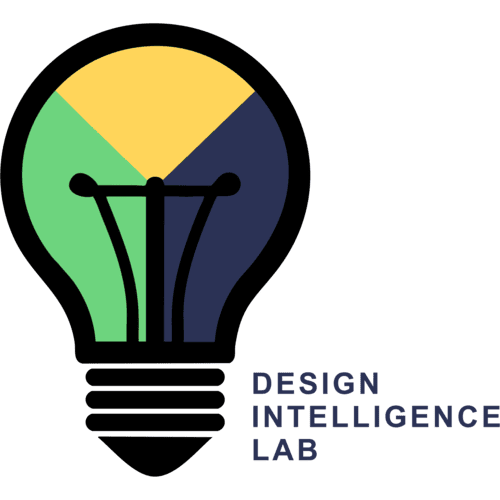Abstract
Conceptual design typically entails co-evolution of the design problem and the design solution: Initial problem formulations lead to preliminary solutions; Incremental changes in the proposed solution lead to new insights into the design problem, and so on. In this paper, we describe a complementary process: problem evolution using analogies to already existing design cases. In particular, we present a case study in the context of biologically inspired design that inspects the evolution of an ill-defined design problem from inception to conceptual design. This case study demonstrates three important aspects of problem evolution from inception: first, significant problem evolution may occur independent of the generation of a new design solution for that problem; second, existing solutions to related problems serve as analogies that influence the way in which the problem is formulated; and third, the use of existing solutions from different domains, for example from existing biological solutions to engineering design problems, generates value not only by offering both potentially innovative solutions but also by changing the formulation of the problem itself.
Analogical Problem Evolution in Biologically Inspired Design
